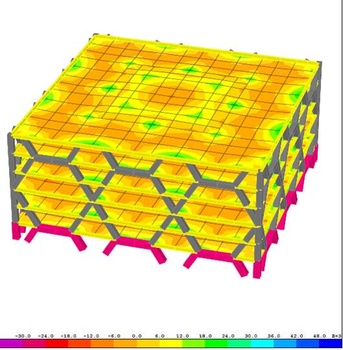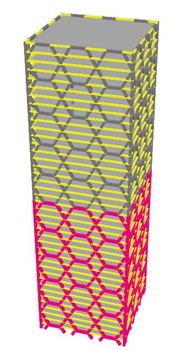Material Savings
One of the primary ways in which TJEG contributes significantly to the material savings on a given project is in the use of their 100% Outside Air Handling System. As no return ductwork is required, savings of 20-30% on sheet metal for ducting are realized. Improved energy efficiency with the application of the Heat Recovery System results in lowering the number of running fans. This in turn reduces the size of the mechanical and electrical generation and distribution equipment.
-
The use of Building Information Modeling (BIM) systems results in many other ways of savings on materials:
- Clash-detection averts on-site remediation measures resulting in wasted materials
- BIM generated quantities for cost estimates allow for detailed cost-benefit analysis of design options for knowledgeable decision-making
- BIM software analyzing the 3D integrated building model is able to size equipment and quantify ductwork, piping, wiring and conduits to exact requirements reducing wasted materials and over-sized or inefficiently laid out systems
- BIM allows for accurate automatic material calculation, electronic ordering and delivery to the site of larger pre-assembled pieces at the exact time of need.
- Targeted fabrication of ductwork components allows for maximum efficient use of sheet materials resulting in significant waste reduction
- Where TJEG is involved in the structural design, BIM has allowed for 20-30% savings on structural steel, a significant savings
Overall, BIM allows for greater cost transparencies and control of quantities tracked through the online database. Easily generated reports support the analysis and comparison of options, and allows all stake-holders an immediate understanding of cost and performance issue trade-offs.


